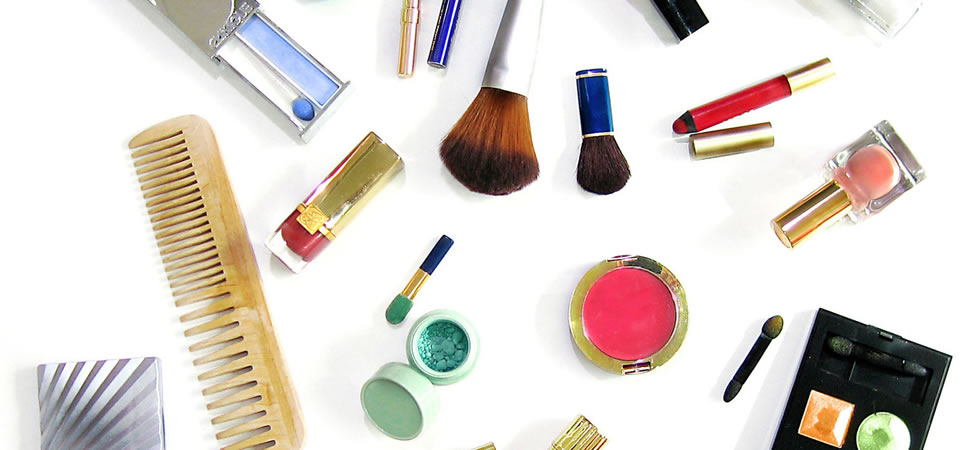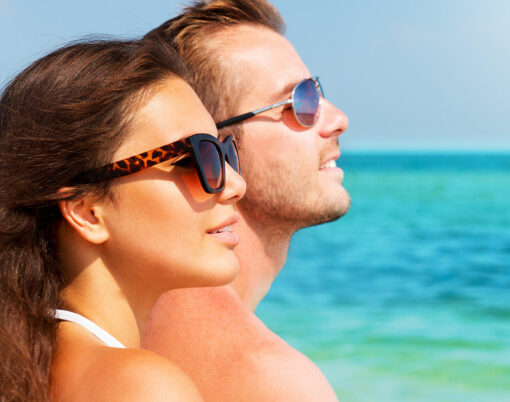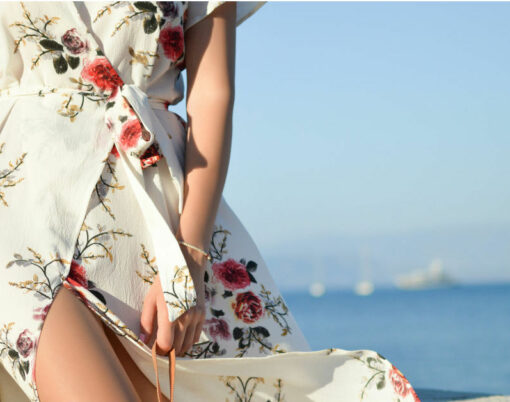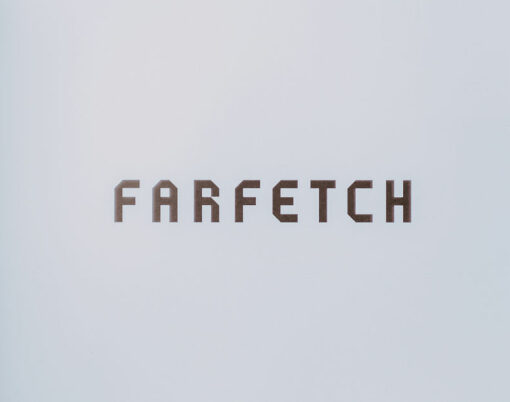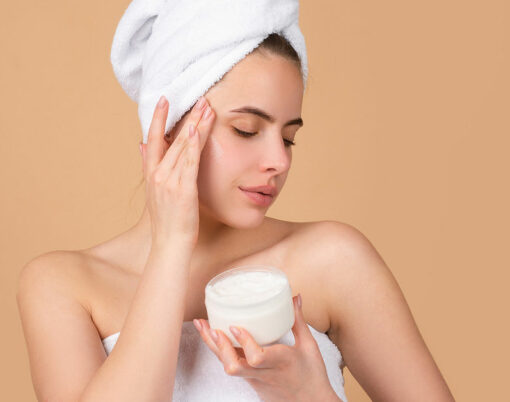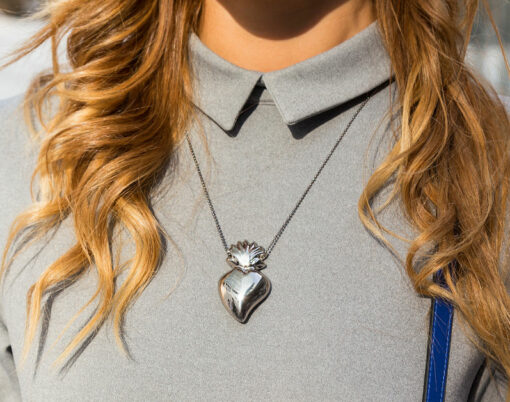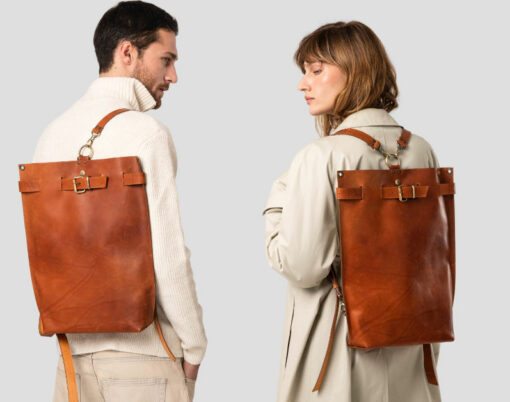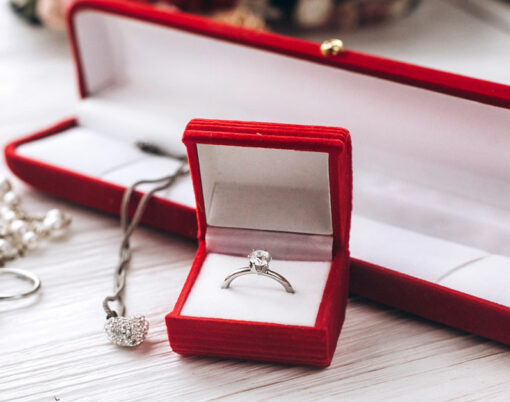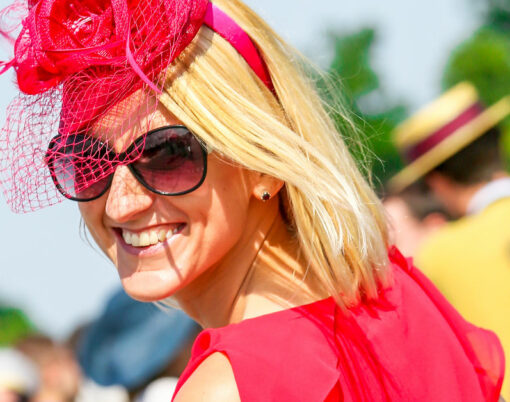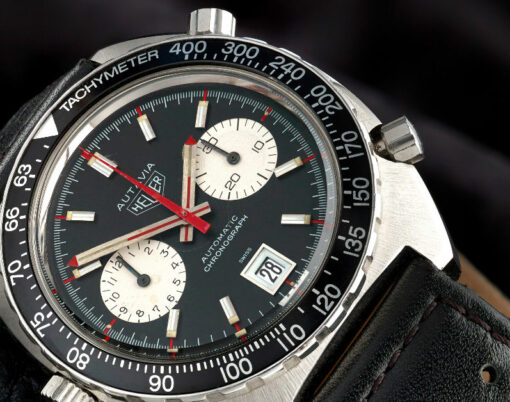Want to know the difference between contouring, chroming and strobing? Confused by foiling and tight lining? The hair and beauty experts from Hairtrade.com have compiled a handy beauty jargon buster to explain what all those phrases actually mean.
With new trends and beauty secrets appearing every few weeks it can be near impossible to understand what all these new words translate to. From hair trends such as ombre to new beauty products such as CC cream and Micellar water there’s a lot to get your head around. Eye make up jargon such as tight lining, foiling and cut creases all get an explanation too. Plus, tips on how to prevent lipstick feathering as well as what it means to do some ‘multi masking’ are all revealed.
Joanne Dodds, from Hairtrade.com, said: “There are so many new trends and phrases to learn in the beauty industry it can be hard to keep track. That’s why we’ve compiled this list of top beauty trends and products that need a bit of explaining as to what they actually do.
“Many of them are ones people may have already heard of, yet never understood, and others could be completely brand new. Either way, our handy list will make it easier than ever to know all the top beauty jargon and sound like a serious expert to everyone else.”
Take a look at the jargon buster list here:
1. Contouring
Many hadn’t heard of this technique until the Kardashian clan made it famous. Simply put, the aim is to use a contouring product, or darker foundation, to enhance your facial structure, e.g. your cheekbones.
2. Ombre
This simply involves colouring the bottom half of your hair a lighter shade than the top but ensuring the two colours blend together gradually.
3. CC cream
Many assume CC cream is a more advanced version of BB cream but it’s entirely different. CC stands for colour correcting and comes in a variety of hues to balance out redness.
4. Eau de toilette
Perfume comes in two forms, eau de toilette and eau de parfum, yet few people know the difference. Simply put, eau de toilette contains around 10% of the aroma whilst eau de parfum contains as much between 15-20% making it far more powerful.
5. Strobing
Whilst it sounds like something you would do in a nightclub, strobing means adding light reflecting make up, or highlighter, to parts of your face to create a dewy finish. Apply highlighter to the top of cheekbones, under eyebrows and along the bridge of your nose for the effect.
6. Cut crease
This skill involves accentuating the line where your eyelid and the fold of skin above it meet. By using eyeshadow to define the line it can make eyes look bigger and eye make up more dramatic.
7. Foiling
Foiling involves applying eyeshadow with a wet brush to create a shinier, and therefore foil-like, effect. Check beforehand that your eyeshadow is compatible and then simply dip your brush in water before applying.
8. Dupe
A dupe, short for duplicate, is a beauty product that is cheaper than a different, usually well-known, brand yet achieves the same results. Dupes are very hit and miss and are found by dedicated beauty bloggers who are willing to keep searching.
9. Tight lining
Tight lining is the art of applying eyeliner to your upper waterline, just underneath the root of your eyelashes, to give the appearance of both thicker lashes and bigger eyes. It does take practice and is best performed with waterproof eyeliner.
10. Lipstick feathering
Lipstick feathering isn’t so much a tool as something you want to avoid as it’s when your lipstick bleeds into your fine lines and wrinkles surrounding your lips. To avoid, simply blot and reapply throughout the day.
11. Micellar water
This new trend has actually been around for centuries but has only recently been adopted by beauty fans. Simply put, micellar water contains tiny balls, micelles, that attract make up and dirt with great ease.
12. Baking
Originally a trend started by drag queens, baking involves adding translucent powder to your face after make up and waiting ten minutes to encourage the heat from your face to set your foundation and concealer.
13. Multi masking
Multi masking does what it says on the tin. It involves using different forms of face masks on different parts of the skin, at the same time. For example a hydrating mask for your cheeks, a soothing one for under the eyes and a clay mask for your T-zone.
14. Chroming
If contouring and strobing sound too complicated for your liking then chroming is the next best option. By simply using a lipstick with the right hue for skin tone along with some shimmer it can work as a highlighter on your skin when you’re in a rush.
Image credit: FreeImages.com/Valentina Jori












